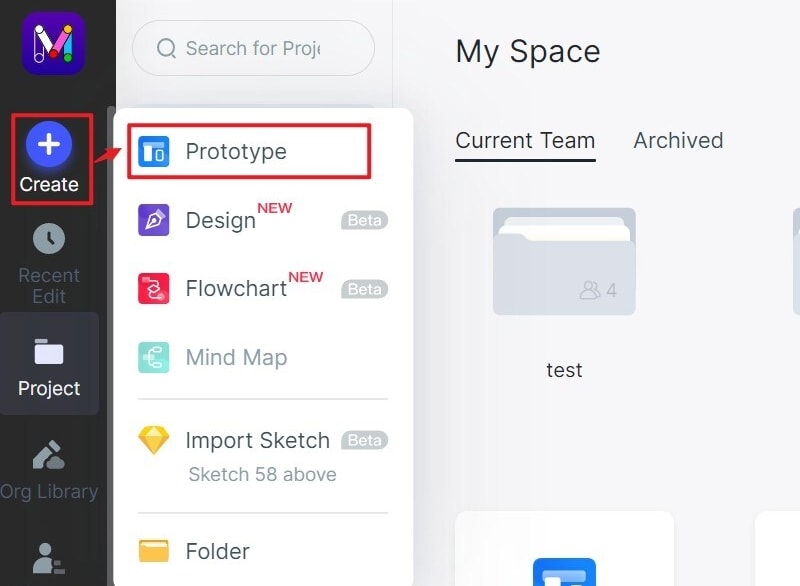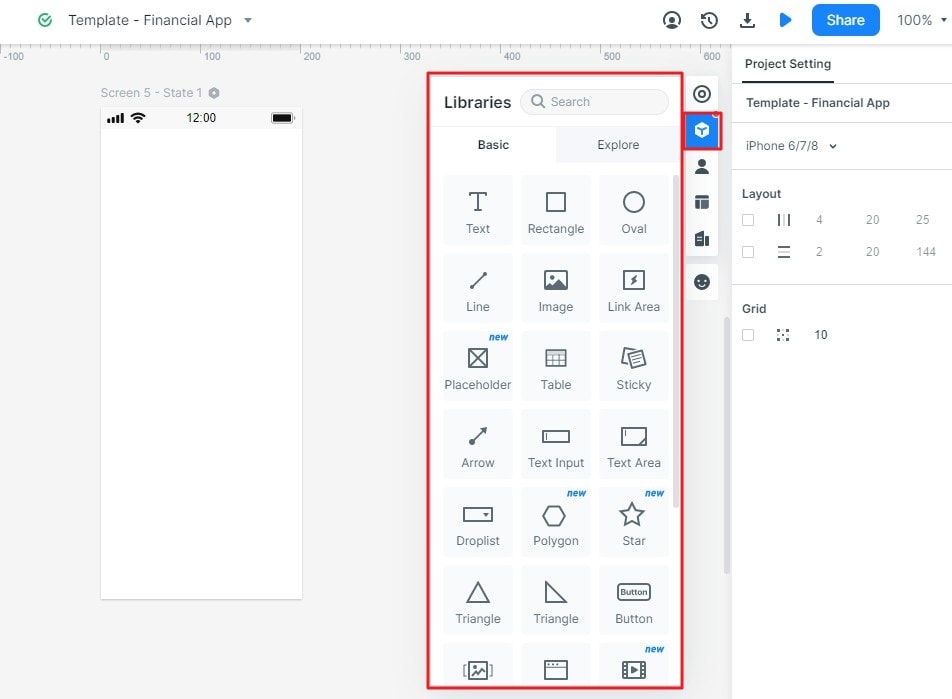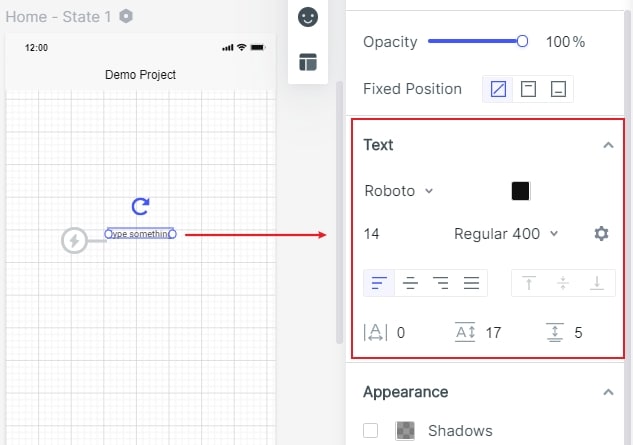Skills for Product Designer
Are you looking for information on how to become a product designer? It is now easier to become a product designer engineer than it was to be in the past years. There are many tutorials and youtube videos for product designers to use. However, to be a professional in the field, you should attain many other product designer skills by attaining a university degree or other similar level qualifications. Most of the famous product designers undergo ongoing training to equip them with the latest skills in the field.
- Part 1: What is a Product Designer?
- Part 2: What does a product designer do?
- Part 3: How to become a product designer
- Part 4: Skills for Product Designer
- Part 5: The Best Tool for Product Designer
What is a Product Designer?
A product designer is a professional responsible for ensuring that a product offers the best experience to the end users. They play a vital role when it comes to system design and information architecture of a design. The designer can also be referred as user experience designer, interaction designer and user interface designer. This depends on the company, size and the specific area of expertise. A product designer plays a vital role in the critical stages of product development. Becoming a product designer is easier nowadays with the many resources and advancement in technology. The average salary of a product designer is $81,573. Here is a well detailed fancy product designer guide.
What does a product designer do?
A product designer plays various roles to help create a design that offer the best user experience to the intended end users. The designer is involved in the creation of information architecture or overall system. They create the granular details such as CSS templates and pixel specific mockups. They designers have several artifacts that they may offer as part of their job such as wireframes, prototypes, mockups and user journey maps.
Product designers work together with product team throughout the entire product development process. By getting involved in the entire process, they have a lot of influence on what the design does, how it does and focusing on experience users had when using the design. The designer takes over the prototyping and testing process because their objective is to offer a positive experience to end users. The designer may also perform coding mostly in the front end presentation languages like CSS and HTML. They create high quality digital assets like icons, logos and buttons. The designer also helps create the text used in the product design.
A product design engineer helps choose colors, material and textures even when applying 3-D printers for prototyping or give recommendations to the right production methods. For future reference, a designer helps maintain the design library of the product suite.
How to become a product designer
It is not hard to become a product designer as you may think. You need to be creative, effective communicator and be able to tell stories so that you can explain your product design vision. As a designer you are requested to create user stories including mockup interfaces and storyboard. In addition, you should also be able to carry out user research.
Having the skills and knowledge of design suites is vital because most of the roles such as prototyping and delivering of the finished product designs rely on them. Besides, a thorough understanding of typography, layout and colour palettes is critical. Becoming a product designer also requires you to perform user testing. You should also have a good understanding of Google analytics and other related tools for effective mobile and web product designing. This is necessary because they offer vital insights and influence product design changes and modifications.
In addition to these product designer skills, you should also have the right education levels on designing. A college degree or other qualifications are vital to make you succeed as a product designer.
Skills for Product Designer
To succeed as a product designer, here are essential skills to have.
User research skills
As a product designer, should be able to carry out user research. The designer makes well informed decisions based on quantitative and qualitative data. You need to be observant and understand techniques such as user tests, observations and interviews. This helps know the specific needs of users the product is intended for.
Facilitation
Facilitation refers to a group of techniques that require to be performed before, during and after a team meeting to help achieve design objectives. A designer should be able to animate UX workshops, understand team dynamics and understand how to apply diplomacy to perform these workshops.
Designing from idea to screen
Designing is the key skill that all designers must have. They should be able to create potential functionalities and experiences. The product designer should be able to build workflows, interactions, information architecture and interfaces.
Master the art of graphic coherence
Product designers should be able to structure graphic components and screens in an aesthetic and coherent whole. They need to be able to do visual designing, interaction designing and be able to provide guidelines to the members of product and technical team. The designer should be able to send all the product deliverables to the technical team.
The Best Tool for Product Designer
Wondershare Mockitt is the best tool for product designers. Here are some of its top features.

Mockitt is a cloud based platform. When doing the designing, you will be able to have easy access to your work wherever you are. All you need is to have a device with internet connection. As the best tool, you can also do the designing with others with assured security.
Product designers take advantage of rich library that is full of design elements, widgets and many other components that you can share and customise to match your specific online design needs. If you are working as a team, you have the opportunity to share the libraries with your fellow designers. The great thing is that with the tool, no third party import of elements is required. Other features include master widget status, dynamic widgets, user friendly interface, easy collaboration and simple interactions.
Guide on how to make product design with Mockitt
Step 1: Initiate a new project
Create a new product design project. Give it a name and choose the device you to create the product design. You can select tablets, web, mobile and others.

Step 2: Get the design elements
Go to "Resources library" where you find all the widgets, icons and templates you need for your design. Save all the elements you want to use for your product design and save them in the library.

Step 3: Use the components in your design
Begin the designing process by adding elements you have saved in the library. Add by double clicking or dragging and dropping them into the design canvas. Click edit to change size and other features to give them a customised look. You can also reposition and set the background colour by clicking "Appearance". Apply the same procedure for all other screens. Use the "Sticky" feature to add notes to give more explanation about your product design.

Step 4: Preview product design
Click "Preview" on the platform to have a look and feel of your product design. Click "Share" to generate a sharing link or QR code for others to preview and give comments. Use the feedback given by others to make the necessary changes before launching it.


